White Label Service
We are able to fill our products and apply your labels.
From 500 litres to 10,000 litres we have the capability to match your ambition.
Blending and Production
With in house blending equipment, production lines, labelling machines, we can produce unique products for your company.
Reverse Engineering
Looking to produce a product but are unsure what needs to go in to a product?
We are able to reverse engineer others peoples products using state of the art equipment as showcased below
Our Analytical Facilities
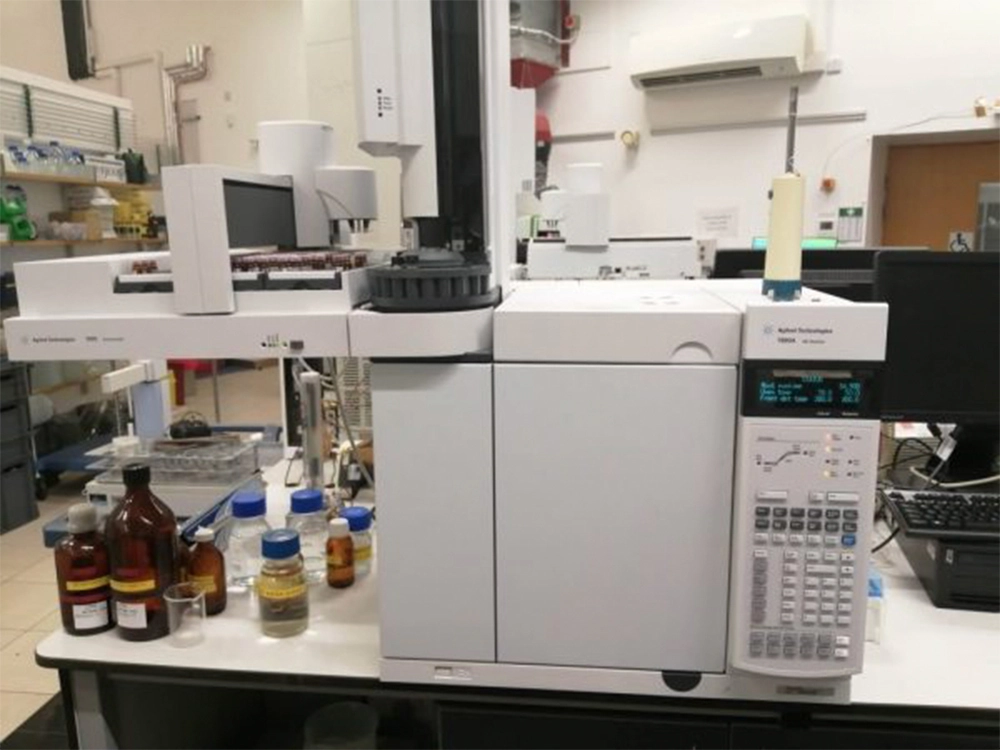
Gas Chromatography – Mass Spectrometry
The Waters QTOF Mass System with Mass lynx Software provides sensitive and comprehensive screening with full scan MS/MS for spectral library searching, tools for automatic formula finding, and isotope matching for the ultimate confidence in determination potency testing of THC/CBD, identification of pesticides, mycotoxins, plant regulators and flavonoid testing.
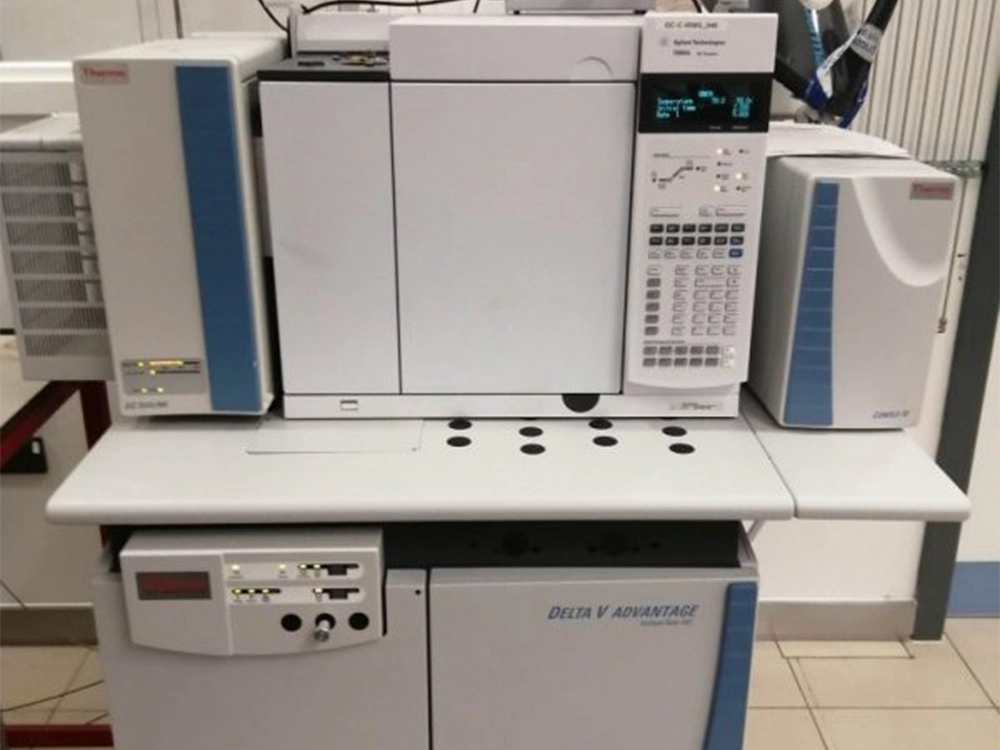
Gas Chromatography Combustion Isotope Ratio Mass Spectrometry
Stable isotope ratios of carbon, nitrogen, oxygen and hydrogen can serve as endogenous parameters for the authenticity assessment of flavours and essential oils. Isotope signatures of natural compounds are imprinted by biochemical reactions and physical processes.
Geographical, climatic and agricultural parameters affect the isotopic compositions of plants and animals providing a basis for isotope fractionation. Isotopic ratios measured by GC-IRMS allow the differentiation between synthetic and natural products as well as geographical provenance preventing frauds in flavour products. These data provide isotopic fingerprints as a robust tool for flavour authenticity.
Other types of analytical process, such as liquid chromatography, which does not vaporize samples, can detect both THC and THCA, and CBD and CBDA, which must be accounted for when calculating the total concentration of these components. Inductively Coupled Plasma Mass Spectrometry Cannabis and hemp plants are extremely efficient at absorbing heavy metals from the environment and although these elements have important biochemical and physiological functions, they are extremely toxic to humans at higher concentrations. This is a particular worry for long-term users of cannabis and hemp products, such as those who suffer from epilepsy, as they can accumulate in the body and cause serious harm.
The FDA currently recommends that the four elements cadmium, arsenic, lead and mercury be analysed in all drug products, excipients, and substances.
Because the determined safety of a cannabis or hemp product is dependent on the final form it takes and whether it’s inhaled or ingested, it’s critical that instruments used to analyse these products are reliable and effective. Inductively coupled plasma mass spectrometry (ICP-MS) is the gold standard for measuring heavy metal content in cannabis and hemp products.
This instrument offers users superior sensitivity, enabling the detection of metals in the sub-parts per billion concentrations.
The wide variety of cannabis forms available means a robust sample preparation method is needed.
This typically consists of homogenization followed by microwave digestion to break down the complex cannabis or hemp matrix and extract the heavy metals for quantification and identification.
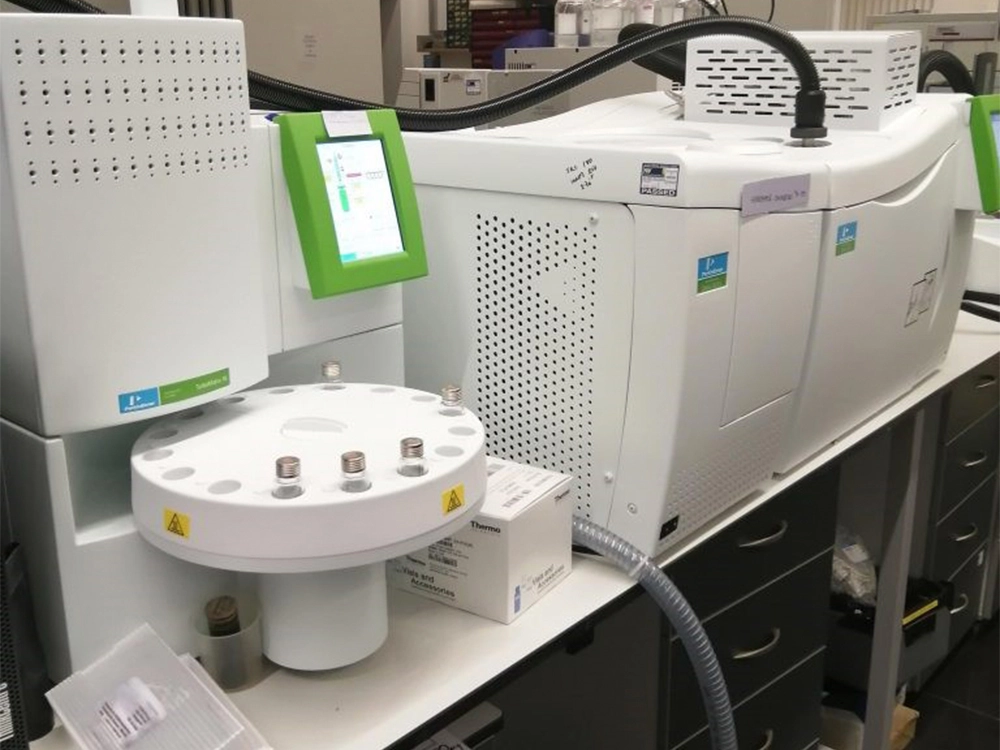
Liquid Chromatography
Headspace Gass Chromatography – Mass Spectrometry machine with gteen panel black tube red bottles Cannabis sativa (cannabis or marijuana) contains over 100 different terpenes and terpenoids, including mono, sesqui, di and tri, as well as other miscellaneous compounds of terpenoid orgin. Terpenes give the plant distinct organoleptic properties and produce characteristic aromas when the buds are heated or vaporized.
Although the terpene profile does not necessarily indicate geographic origin of a cannabis sample, it can be used in forensic applications to determine the common source of different samples.
In addition, different cannabis strains have been developed which have distinct aromas and flavors, a result of the differing amounts of specific terpenes present. GC-MS Headspace helps to find out the following information from the CBD-based formulations.
- Residual solvents used during the extraction of cannabinoid
- Provides the unique aroma
- Relationship between terpenes and cannabinoids determine strain
- Identification of residual solvents from packaging
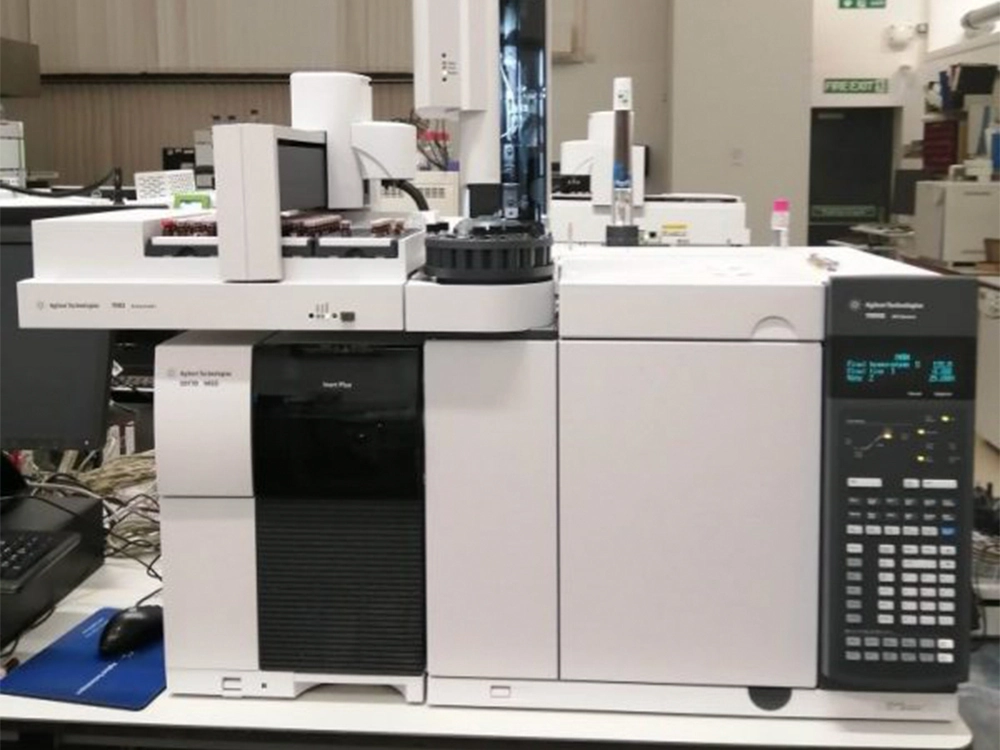
Gas Chromatography – Flame Ionization Detector
GC/FID is preferred for speed of analysis and simplicity in routine identification and quantification of cannabinoid concentrations.
The majority of THC and CBD exist as tetrahydrocannabinol acid (THCA) and cannabidiol acid (CBDA), in their natural form within the plant. These molecules are thermally labile, and undergo decarboxylation to form THC and CBD when smoked, cooked, or vaporized within a gas chromatography machine.
Other types of analytical process, such as liquid chromatography, which does not vaporize samples, can detect both THC and THCA, and CBD and CBDA, which must be accounted for when calculating the total concentration of these components.
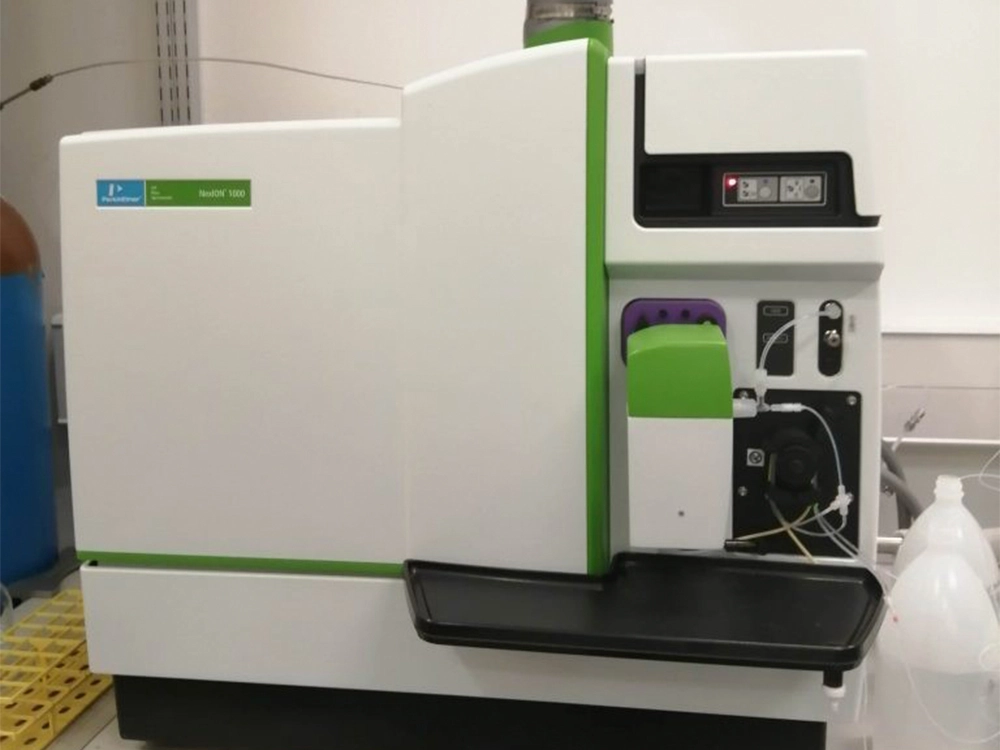
Inductively coupled plasma mass spectrometry (ICP-MS)
Inductively coupled plasma mass spectrometry (ICP-MS) is the gold standard for measuring heavy metal content in cannabis and hemp products. This instrument offers users superior sensitivity, enabling the detection of metals in the sub-parts per billion concentrations.
The wide variety of cannabis forms available means a robust sample preparation method is needed. This typically consists of homogenization followed by microwave digestion to break down the complex cannabis or hemp matrix and extract the heavy metals for quantification and identification.
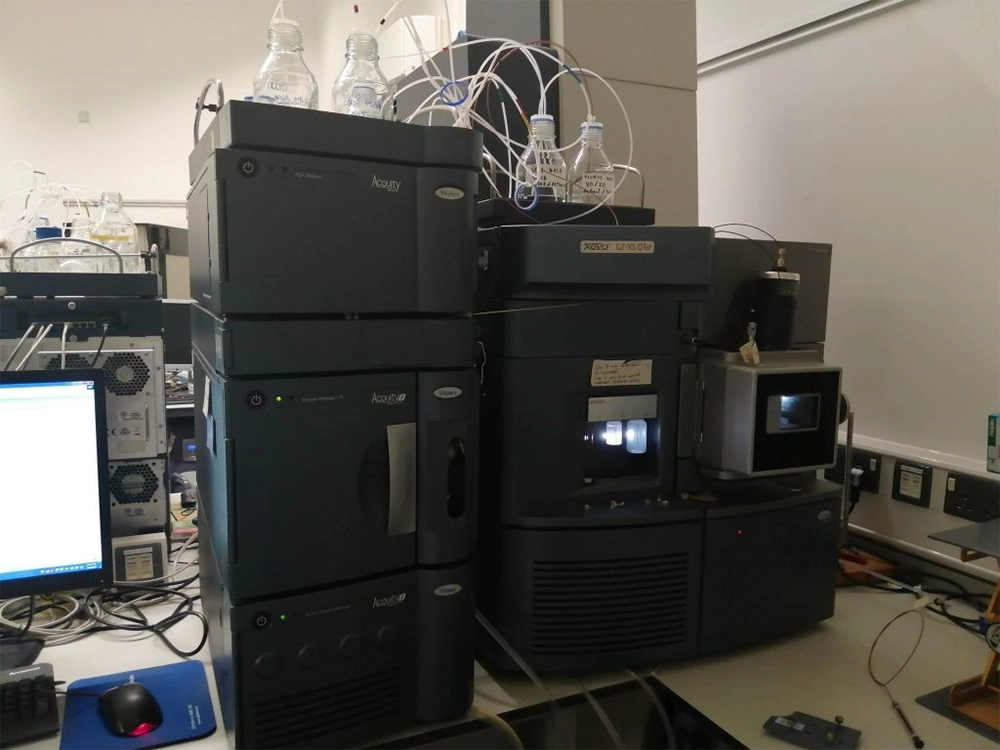
Liquid Chromatography – Mass Spectrometry
The laboratory’s Agilent GC-MS instrument used to determine potency evaluation of THC and CBD, pesticide and mycotoxins analysis terpenes profiling as well as for other solvent residues and other chemical measurement requirements.
GC-MS is used for the analysis of volatile, semi-volatile and cannabinoid compounds and is coupled to an extensive commercial NIST (National Institute of Standards and Technology) database using the Mass Hunter data analysis work flow software that it is able to search for and identify analytes in mixtures over a wide mass range simultaneously.
It is capable of qualitative and quantitative analysis being able to detect analytes to ppb limits of detection and beyond using SIM (single ion monitoring) with high precision and reproducibility.
Want to Know More?
Get in touch and one of our team will get back to you as soon as possible.
